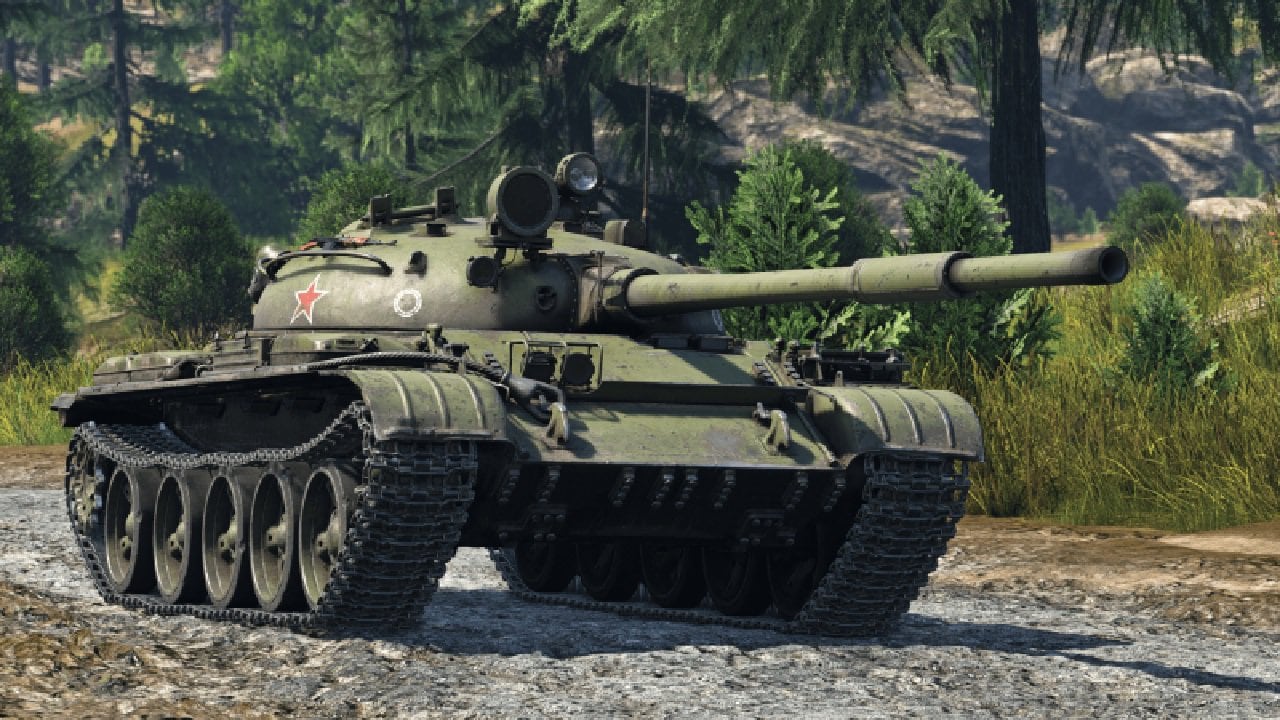Last week, Russia celebrated its annual Victory Day Parade in the Red Square. Meant to honor the former Soviet Union’s victory over Nazi Germany in the Second World War, this year’s parade was strikingly different from previous celebrations.
Typically, Moscow pulls out the works during this significant holiday, showcasing a range of its more modern and advanced airframes, main battle tanks (MBTs) and other military equipment.
This year, however, a sole Soviet-era T-34 tank traversed through the parade accompanied by a small number of soldiers. Considering the rate that Russia has been losing MBTs since the onset of its invasion more than fourteen months ago, this tiny display was expected.
According to the Ukrainian Ministry of Defense, the Kremlin could have lost upwards of 3,500 tanks, along with more than 7,000 armored vehicles since the start of the war.
While these numbers may be inflated, Moscow has undoubtedly suffered staggering tank losses.
When were T-62s sent to Ukraine?
In March, the UK’s Defense Ministry released a statement on social media, revealing that “The Russian military has continued to respond to heavy armored vehicle losses by deploying 60-year-old T-62 main battle tanks.” The post continued that, “There is a realistic possibility that even units of the 1st Guards Tank Army, supposedly Russia’s premier tank force, will be re-equipped with T-62s to make up for previous losses.”
The Kremlin’s decision to turn to its antiquated stockpiles of Soviet-era MBTs certainly indicates that Russia is struggling to replenish its constantly dwindling arsenal of equipment needed to fight Ukraine.
An overview of the T-62 MBT
Up until the later 1950’s, the former USSR relied more heavily on its newer T-55 MBT. While the tank featured several enhancements from its T-34 predecessor, the T-55’s 100mm gun was unable to penetrate the frontal armor of Western tanks like the M48 Patton and the Centurion. By 1961, the first T-62s entered service with the Soviet’s armored corps.
In addition to more lethal smoothbore guns, the T-62 featured armor-piercing fin-stabilized discarding sabot (APFSDS) rounds, making this tank particularly advanced for the time period.
As detailed by Military Watch Magazine, “Aside from its main gun, the T-62 had important advantages in automotive and suspension systems, turret and frontal armour and gun stabilisation, as well as a much smaller profile for further improved survivability. Its APFSDS projectiles proved so far superior to anything in Western arsenals that developing an equivalent round was made a priority for the United States Army from 1973, with such munitions entering service from 1978 over 20 years behind the Soviets.”
In the 1970’s, the T-62’s top-of-the-line analogue thermal gunner’s sight gave gunners the ability to engage a target as far as two miles away. At the time, this was a significant capability. However, today, Russia’s newer T-90 MBTs possess technology that allow gunners to operate at much longer distances.
Ultimately, while the T-62 was a robust MBT when it entered service, its sophistication fell behind following the dissolution of the Soviet Union.
Even if some of the T-62 variants Moscow is sending to the front lines in Ukraine feature some advancements in technology, the tank still lags behind in many areas, which is why Kyiv has been able to take out so many of these vintage MBTs.
MORE: The War in Ukraine Is About to Explode
MORE: Does Putin Have Cancer?
Maya Carlin, a Senior Editor for 19FortyFive, is an analyst with the Center for Security Policy and a former Anna Sobol Levy Fellow at IDC Herzliya in Israel. She has by-lines in many publications, including The National Interest, Jerusalem Post, and Times of Israel. You can follow her on Twitter: @MayaCarlin.

